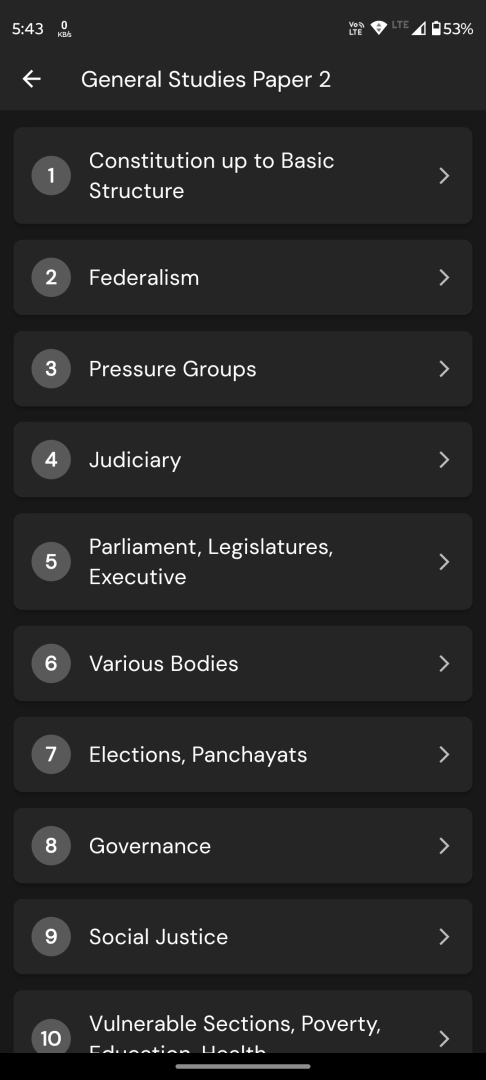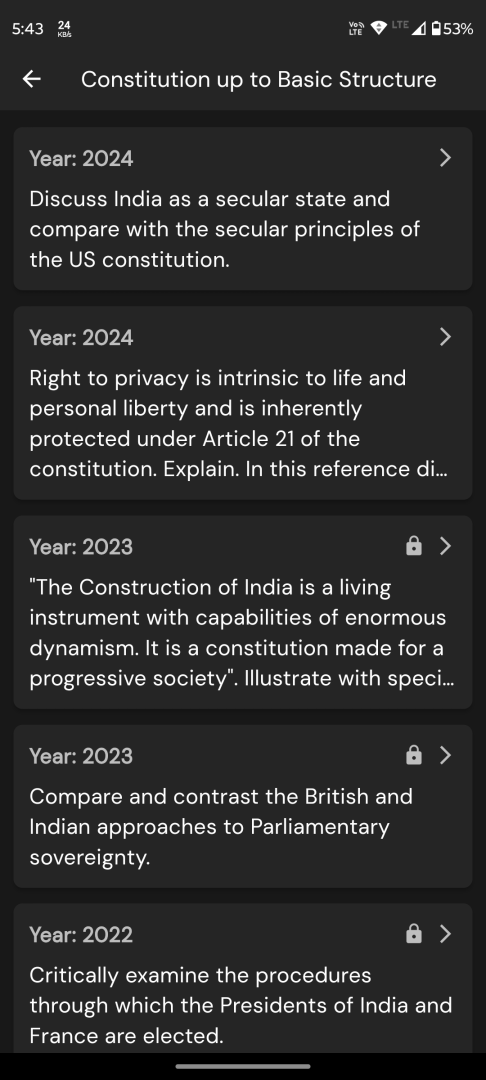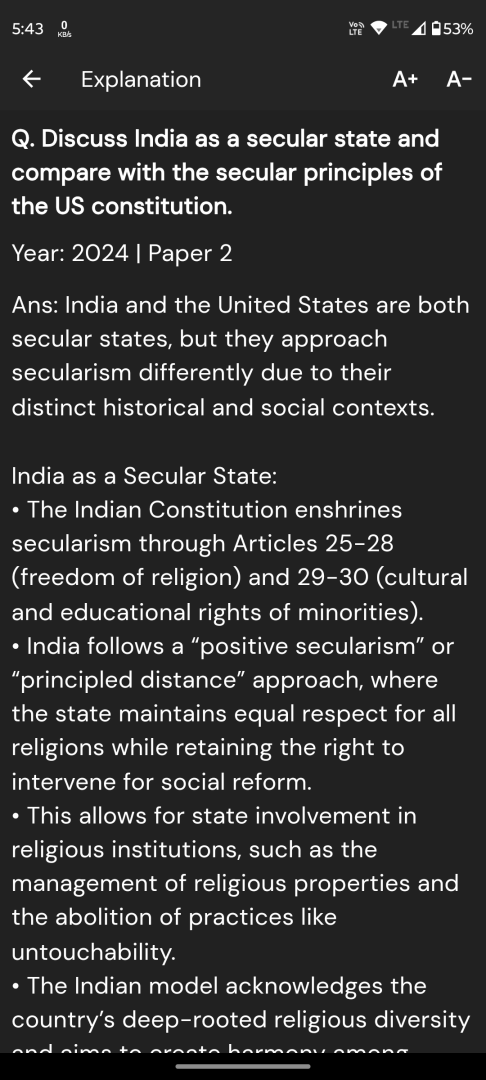Q. Consider the following statements:
I. If A < B > C < D > E > F ≥ G = H; then B is always greater than E.
II. If P > Q = R > S = T < U = V > W; then S is always less than V.
Which of the statements given above is/are correct?
(a) I only
(b) II only
(c) Both I and II
(d) Neither I nor II
Correct Answer : (b) II only
UPSC Prelims 2025 CSAT
Explanation :
Statement I: “If A < B > C < D > E > F ≥ G = H, then B is always greater than E.”
– From A < B and B > C we know B > C.
– From C < D and D > E we know D > E.
– But there is no direct comparison between B and D, so B could be less than, equal to, or greater than D.
– For example, choose
C = 0, B = 10, A = –5;
D = 11, E = 10, F = 9;
G = H = 0.
Then
A < B (–5 < 10), B > C (10 > 0), C < D (0 < 11), D > E (11 > 10),
E > F (10 > 9), F ≥ G (9 ≥ 0), G = H (0 = 0).
Yet here B = E, so B is not greater than E.
– Hence statement I is false.
Statement II: “If P > Q = R > S = T < U = V > W, then S is always less than V.”
– From Q = R > S = T we get S = T and both are strictly less than Q and R.
– From T < U = V we get S < U and U = V ⇒ S < V.
– No matter what values you pick (as long as inequalities hold), S is strictly less than V.
– Hence statement II is always true.
Therefore the correct choice is (b) II only.





